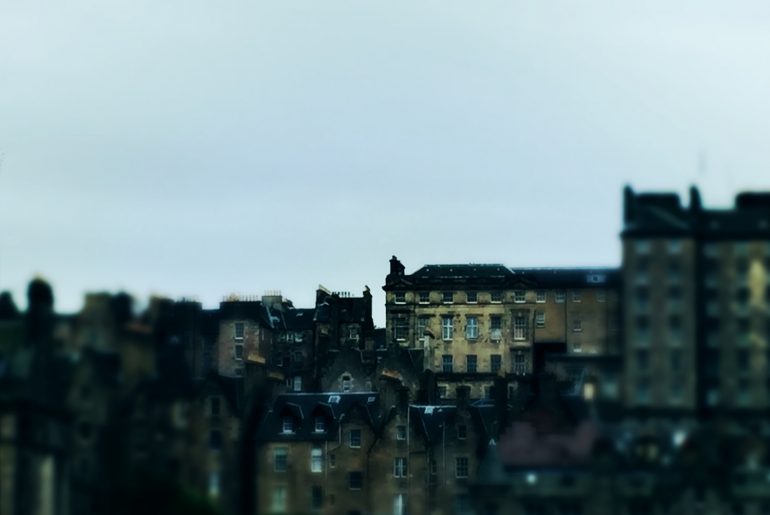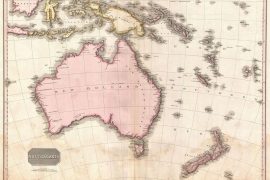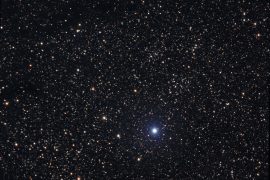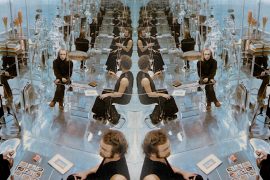Consider several apparently unrelated points of reference:
- On November 19th 1942, in the small Polish town of Drohobych, a man (amongst 230 others that Black Thursday) was shot on the street by an SS officer called Karl Günther. 1 Bruno Schulz was a writer, and left behind two volumes of extraordinary short stories, volumes of letters, drawings and paintings, and a novel that no-one on earth has ever read.
Schulz was an adept of a technique of writing coined mytho-poesis, a poetic interpretation of life and its events through symbol, metaphor and allegory. His short fiction (collected as The Street of Crocodiles and Sanatorium Under the Sign of the Hourglass) are replete with symbolic figures, recurring characters and successive scenarios that taken together, build a world in which Schulz’ readers take a kind of refuge. His admirers include Cynthia Ozick, Jonathan Safran Foer, The Brothers Quay, and me.
Writing is, I think, a peculiar process. It’s a combination of alchemy and perseverance, craft and luck that results, sometimes, in something you’re proud of. It’s a solitary thing to do. It is bound in ritual (the right music, the correct chair, your posture just so, the exact degree of research and inspiration (which is checked back against research later)) and governed by a mysterious ability to induce a meditative state. Writing collaboratively is more peculiar still. A writer’s space is insular, generatively bound up with the inside of their head, often unwilling to play nicely with others. Even sharing a draft is an act of madness. I’ve been lucky to find and work with writers who share well, and who are exceptionally generous with the insides of their heads. This is not something I take lightly, or make assumptions about. Writing with another human being is an act of intimacy; a process of connection and trust. It is never about posturing, and ego has no place in that space.
The Ambient Literature team are presently composing the textbook that addresses our field as a paradoxically cohesive and fragmented whole. Written collaboratively, this too requires a degree of openness and trust that’s going to be tested over the coming months. We’ve worked collaboratively already — production of The Cartographer’s Confession relied as much on the extent to which Emma Whittaker and James Attlee were able to be in tune with one another as much as Emma’s ability to bring James’ writing to life in the finished piece (as an aside — it was the most appropriate thing to see both of them on stage when The Cartographer’s Confession won the New Media Writing Prize last week). Kate Pullinger’s Breathe is absolutely a collaboration between Kate and Editions at Play, which is itself a collaboration between Google Creative Lab Sydney and Visual Editions.
- Ambient Literature is going to the Hay Festival in May. We’re taking two of our commissioned pieces — It Must Have Been Dark By Then and Breathe (The Cartographer’s Confession will be there too, but in armchair mode), a panel discussion on the future of literature, and a workshop in writing and developing content for this form of storytelling. We’re delighted to be doing this; Hay gives us an opportunity to reach a new audience, and work with a significant presence in the festival sector.
We are also acutely aware that we need to broaden the audience we reach with this work. What might be described as the “natural home” for situated storytelling for digital writing and experiential work has ossified in recent years around a predominantly white, middle class community of interested, digitally-interested participants. The work we make, and are interested in making, speaks to other audiences, but we have to make the effort to reach them, to talk to them and engage them in development, production, and publishing (and that means being open, and inclusive and prepared to be unsettled 2). That ambition underpins our plans for what happens after our funded period ends (in May 2018), and I’ll write about it more as our ideas become a little firmer.
- Reading is an act of magic and your bookshelves are a map of your soul. You give books as presents because you want to share something that’s personal to you, and you alone, and giving it to another person is about as personal a gift as can be (well, to me anyway). This article in The Guardian touches on that too. It’s about lost books; books that by their definition we cannot own, or give away. It’s also about, obliquely, what reading means, and how our relationship with books is bound up in authenticity. This in particular, stood out:
. . . a work that existed creates what Van Straten calls a “void,” which we fill with ideas of what might have been. Did it answer an unanswerable question? Did it achieve perfection? Was it a work of art, that we are lesser beings for having lost?
The original proposal for Ambient Literature spoke of the works we’d make being “invisible.” Two years on, I don’t think that’s true. Each of our commissions is very visible in the world (as signified by how you participate, or the manner by which your experience is individually reified), but they are all about an engagement with the unseen. With things that are, if not lost, then somehow fragmentary and strangely fragile. It Must Have Been Dark By Then creates a personal, impalpable sculpture of sound across the space you traverse. It doesn’t record that anywhere, and the app doesn’t save it, but it exists for every participant. Breathe haunts you, very personally. It speaks through your phone, and the language it employs is that of the dead. It isn’t a comfortable experience, and wasn’t designed to be so. This morning I saw a telling remark that a reader now had a “different relationship” with their phone. That’s what good storytelling does. The other thing that our proposal mandated was that these works would “respond to the presence of a reader.” In that it’s impossible to know (as a writer) what mood, state or emotional load a reader is bringing to your work, the way we design something that responds to presence is a hugely important. How each reader encounters a work — the invitation, the opening moments, the stage dressing (there isn’t a stage, but there is definitely an analogous set, and flats, and dressing) — guides how each reader shifts from an exterior to interior state with regard to their experience.
Which brings me to a conclusion, of sorts. The three unrelated things are actually tied together in a triangular knot. The Hay Festival have invited us to make a new piece of work for the festival in May, which will draw on Schulz’ lost novel, The Messiah. 3 It’s a piece about lost books, and the lengths a story will go to in order to be read. It won’t be perfect, or answer an unanswerable question, but it will, by virtue of being presented at a literary festival with over 250,000 attendees, need to deal differently with the way in which it situates it’s reader. It’ll definitely be visible, certainly fragile, and we start composing it properly next week. Wish me luck.
— Tom Abba
Notes
- For a more detailed account of that horrific tragedy, and more on Schulz’ life and works, this is recommended as a starting point: https://www.newyorker.com/magazine/2009/06/08/the-age-of-genius?currentPage=all↩︎
- Side note – I’m not just talking about audience communities, but writing ones too. Poets can make Ambient works too. They already do, in fact. ↩︎
- We know very little about The Messiah. Some stories in Schulz’ second volume of work were meant for the book, and there’s this: “I once met a man to whom Schulz had shown the opening lines of “The Messiah”. What he read was a description of morning rising over a city. Light growing stronger. Towers and steeples. More than that, he did not see.” ↩︎








